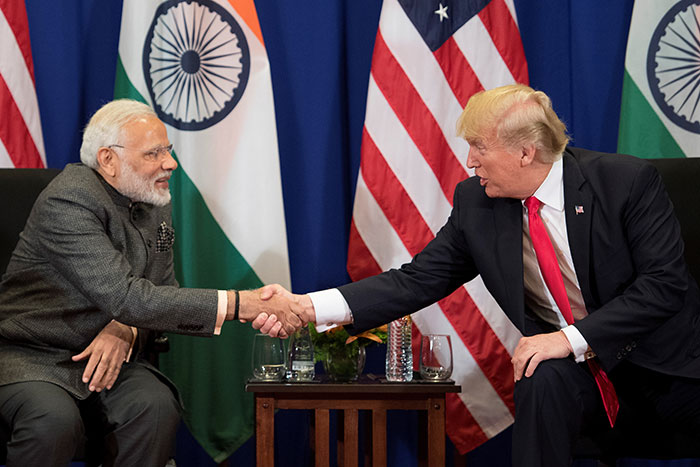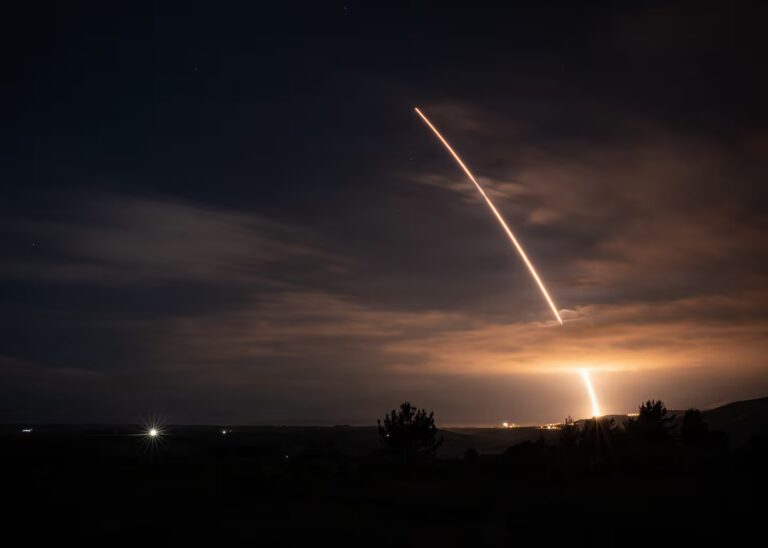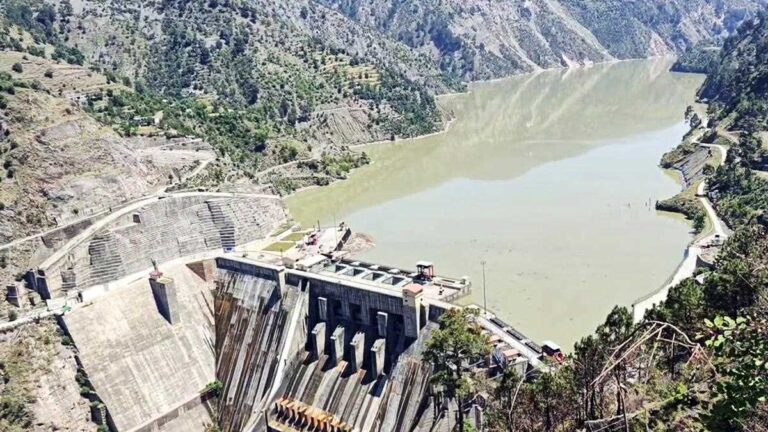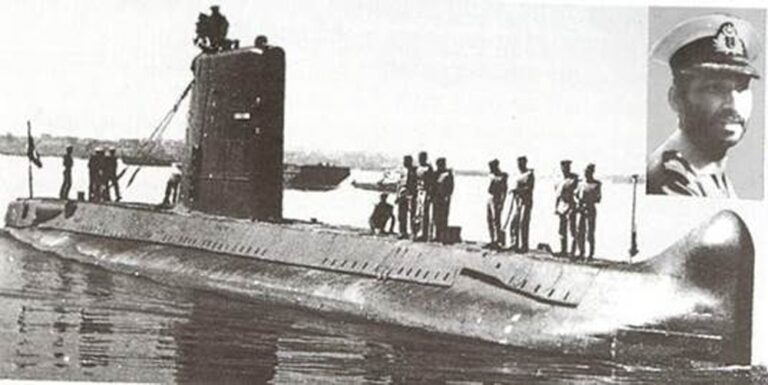
Andrew Korybko
The US-Indian Strategic Partnership aims to “contain” Pakistan in three ways that go beyond the conventional model of fomenting instability within its borders.
One of the centerpieces of 21st century geopolitics in the New Cold War has been the US-Indian Strategic Partnership that has been incipiently developing over the past two decades but really took off over the past couple of years. Disagreements undoubtedly remain between these two Great Powers concerning India’s import of Russian weaponry and its economic relations with Iran, but these are nevertheless expected to be dealt with in the coming future as both parties iron out their differences in reaching a deal for expanding their cooperation even further. In light of this, the most responsible thing that Pakistani decision makers can do is to begin countenancing the consequences that the US-Indian Strategic Partnership will have on their country and its long-term policy planning in the emerging multipolar world order, with this being the first step in crafting the necessary responses for thwarting these future threats.
Much has already been written about how the US and India are cooperating with one another in fomenting ethno-regional identity conflicts (hybrid wars) within Pakistan’s borders, partially assisted as these many scenarios are by Afghan-based terrorists, but comparatively less has been said about the other forms of “containment” that are being advanced by these two allies against their mutual adversary. The three means which have hitherto evaded much scrutiny are in the realms of air & missile defense, naval affairs, and perception management (media), with each of them being touched upon in the course of this analysis.
Air & Missile Defense
Pakistan’s nuclear deterrence capabilities have been a godsend for its national security, thus far serving to stave off any irresponsible large-scale conventional Indian aggression and therefore retaining a somewhat stable state of affairs in South Asia. This framework is threatened, however, by the US’ air & missile defense cooperation with India in seeking to undermine the existing balance of power decisively to New Delhi’s advantage. At first glance, one would be forgiven for thinking that Russia’s planned S-400 deal with India seems to lead to no different of an outcome, though it is here where the crucial differentiating factor between the US and Russia’s “military diplomacies” needs to be described.
Russia’s arms exports are intended to retain the balance of power between competing rivals so that neither side feels confident enough to start a war against the other, and it is for this reason that Russia has already delivered S-400s to Pakistan’s Chinese ally. The US, meanwhile, takes the opposite approach and deliberately tries to break the regional balance in order to give its ally an aggressive edge, which is why it is reportedly considering challenging Russia’s planned S-400 deal with India by offering up its own Patriot air & missile defense system on competitive terms. No other country in the region has this technology, and while its effectiveness supposedly pales in comparison to the S-400’s, there is really no way of knowing until both are used in similar combat conditions.
The US is clearly signaling to Pakistan that it has an interest in contributing to India’s air & missile defense capabilities so as to give New Delhi the advantage in offsetting Islamabad’s nuclear deterrence and therefore destabilizing South Asia.
Naval Affairs
The next component of the US-Indian anti-Pakistani “containment” strategy deals with naval affairs, which form the bulk of military-to-military interactions between Washington and New Delhi. The grand vision at play is for the US to turn India into a seafaring power capable of exerting influence all throughout the Indian Ocean Region, with the end result being that America’s newest proxy can “contain” China by leveraging its Damocles’ sword of interventionism over the EU and Africa’s maritime trade routes with the People’s Republic, whether through CPEC or the Strait of Malacca. This is a long-term plan that will not yield instantaneous results, but its effects on Pakistan can already be noted as regards the game-changing summer 2016 “Logistics Exchange Memorandum Of Agreement” (LEMOA) that allows the US to use all of India’s military infrastructure on a case-by-case “logistical” basis, thereby turning the South Asian sate into a gigantic American military base.
Not only that, but India’s recent military agreement with Oman to use the peninsular country’s Duqm port in the Arabian Sea has serious implications for CPEC because of the possibility of “cutting off” Gwadar during wartime. It should be assumed that the US would assist both of its regional allies in this scenario, which is why the threat that this poses must be constructively used to incentivize the Pakistan Navy’s rapid development and focus on submarine warfare in order to asymmetrically respond to this challenge. Furthermore, Pakistan must proactively take steps to safeguard China’s Sea Lines Of Communication (SLOC) between Gwadar and Africa in order to assert itself as a transregional military power, though this can only happen with forthcoming Chinese support. As such, it’s important for Pakistan to stress the naval implications of the US-Indian Strategic Partnership on China’s CPEC maritime security.
Media
Lastly, the most intangible but nevertheless globally influential manifestation of the US-Indian Strategic Partnership is the cooperation between both countries’ media outlets in amplifying anti-Pakistani weaponized fake news narratives for discouraging international entrepreneurs from using CPEC. The centerpiece of China’s One Belt One Road global vision of New Silk Road connectivity is only as useful as the rest of the world thinks that it is, and it would be mistaken to believe that the project can be beneficial to Pakistan’s interests if it solely functions as a Chinese corridor to the Indian Ocean. Without growing international involvement in this initiative through the participation of Central Asian, West Asian, Arab, African, and European countries, CPEC will forever remain a painfully missed opportunity that could have otherwise developed into the Convergence of Civilizations for strengthening the trend of multipolarity all across the Eastern Hemisphere.
It is precisely for this reason why the US and India are working so hard to smear Pakistan’s international reputation by portraying it as a “third world, terrorist-exporting, failed state” that no sensible entrepreneur would want to do business in because of the assumed security risks involved. In response, Pakistan needs to develop a holistic perception management strategy (whether publicly unveiled as a white paper or kept classified) that addresses these claims and highlights the country’s across-the-board successes in recent years. To this end, clinching partnerships with multipolar media outlets (both mainstream and alternative), as well as communicating through academic and expert communities, is a must if Pakistan hopes to have any chance at defending itself from this informational onslaught. Sometimes, perceptions are reality, which is why the country must fight to regain ownership of how it is portrayed abroad otherwise it will never fulfill its geostrategic destiny as the Zipper of Eurasia.
Andrew Korybko is a Moscow-based journalist and geopolitical analyst.
DISCLAIMER: The author writes for this publication in a private capacity which is unrepresentative of anyone or any organization except for his own personal views. Nothing written by the author should ever be conflated with the editorial views or official positions of any other media outlet or institution.





A great read! Andrew is one of the few journalists who seem to be in touch with the ground reality of this region and take into account the contextual details that outline the dynamics of Geo-politics here.